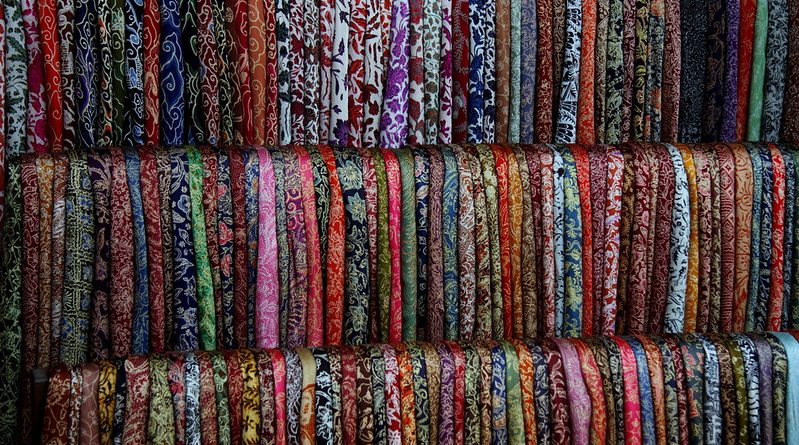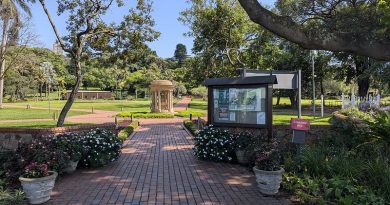Batik in Malaysia
The origins of batik remains somewhat unclear, with a few early examples having been found in 1st century Egyptian tombs; yet it is generally agreed that it most likely originated in Asia. It certainly first became prominent amongst Javanese ladies in the 13th century and is now found in various forms across the globe. Batik is, however, primarily associated with both Indonesia and Malaysia, and forms part of the traditional Malay national dress for both sexes.
The word ‘batik’ means ‘writing in wax’ and has now become a generic term for the art of wax painting on fabric. Bold designs are painted on the material in hot wax, then dipped in dye and left to cool and dry in the sun. This delicate process is then repeated until the desired pattern and traditional vibrant colours are achieved. Finally the wax is removed, either through boiling or steaming the fabric, or by the more modern method of ironing the material with a piece of paper between iron and cloth. This latter method softens the wax, which is then absorbed by the paper. The original whiteness of the fabric shines through in beautiful patterns.
Traditionally, batiks were often associated with a particular tribal or ethnic group and had distinct patterns, but with the influx of tourism there is now a glut of patterns to satisfy designers, locals and tourists. Malaysian beaches are a riot of colour, with batik sarongs dominating the scene, while Malaysia fashion designer Eric Tho is famous for his use of batik in designer shirts and dresses, sometimes covering the whole garment, other times just a subtle embellishment on hems or cuffs.
You’ll also find batik designs now adorning items other than clothes, including duvet covers, cushions, bags, purses, paintings, tablecloths and so on. Traditional intricate patterns are often abandoned in favour of more abstract scenes and tropical images that have a broader appeal with Westerners.
Malaysian tour guides will often offer to take you to a small local batik factory where you can witness the design process – the idea being that the tour guide will get a commission from the factory for providing them with a steady supply of customers. You may pay slightly higher prices in this way than if you were to visit these places independently, but the difference is often minimal and it’s an interesting experience. Some places will even allow you to try your hand at creating your own designs.
Perhaps the most authentic tribal crafts and batiks are found in East Malaysia .Kuching in Sarawak is the best place to buy traditional designs of craft and batik, especially around the Main Bazaar. The Iban have the most famous history of crafts in Malaysian Borneo, but all the tribes of this region have a strong tradition of traditional arts so it is worth looking around.
Asia-Art – Batik
http://www.asia-art.net/batik.html
A short history of the batik technique.
Noor Arfa Batik
http://www.asia-art.net/batik.html
This official website of a batik factory based in Kuala Terennganu shows some beautiful visual examples of batik techniques




